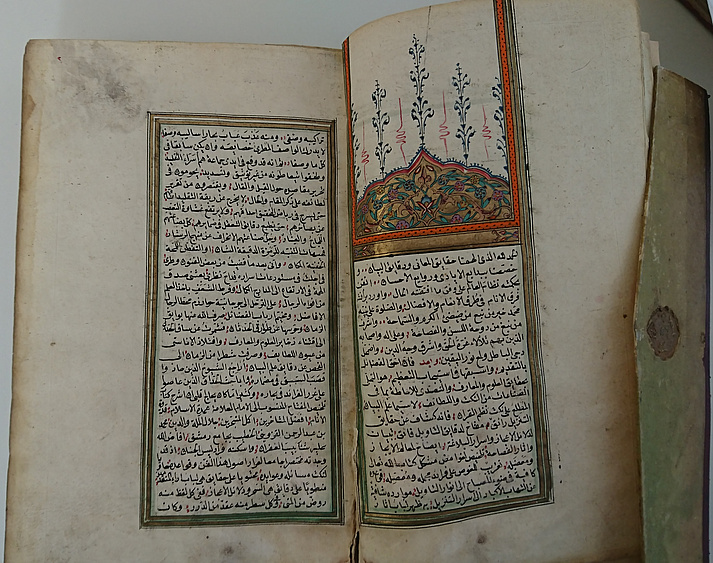Semitic Philology
Semitic Philology focusses on Semitic languages, a subset of the Afro-Asian language family, while Semitic studies also address their cultures. The Semitic languages comprise about 70 languages including dialects. Among the most well-known are Hebrew, Aramaic and Arabic. Among the ancient cultures, Phoenician deserves a special mention since it provided the script the Latin alphabet is based on.
The Objects of Semitic Philology cover an area of several continents: The field of research extends from Ethiopia over Northern Africa, the Mediterranean and the Middle East into Europe. Research covers a time-frame from the beginning of textual tradition (around 2600 BC) until the present. This is due to the fact that today Semitic languages like Hebrew and Arabic still exist, in contrast to the disciplines of Assyriology and Egyptology, developed from Semitic Philology.
Since its inception, the Commission for Semitic Philology has been a scientific branch of Classical Arabic philology.

